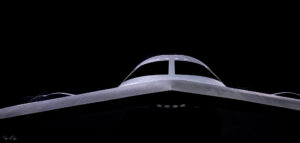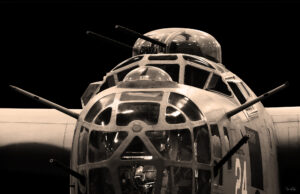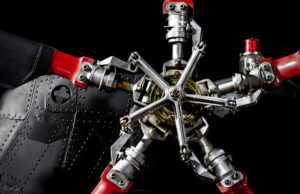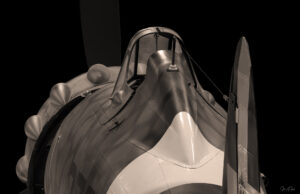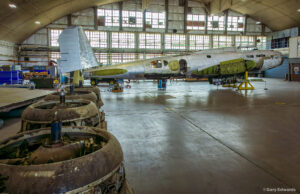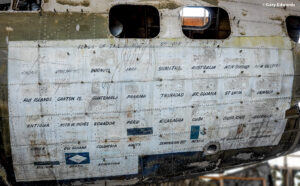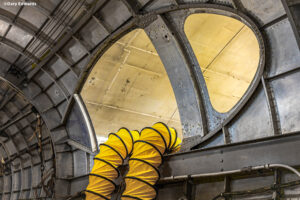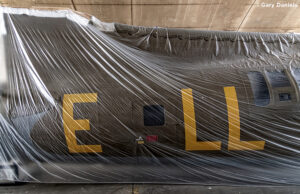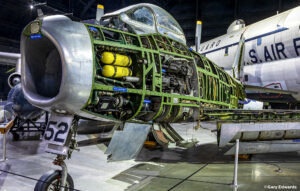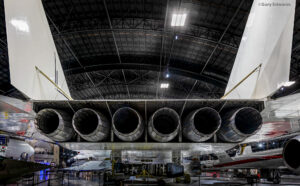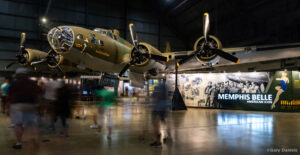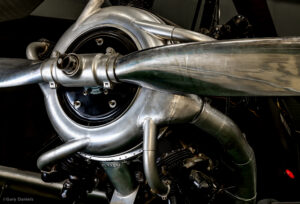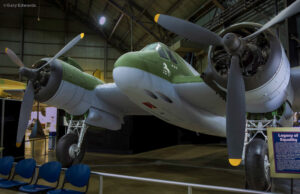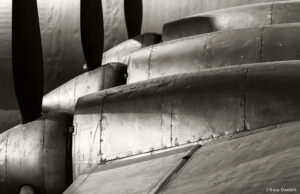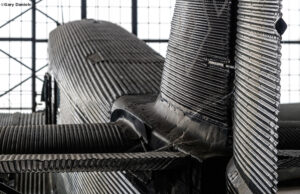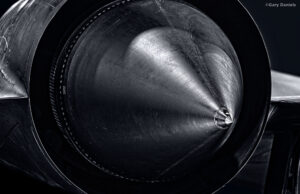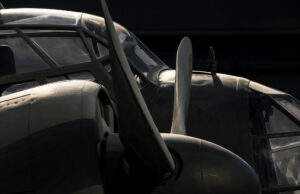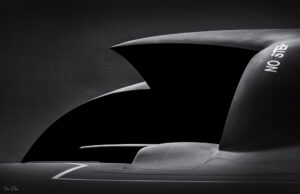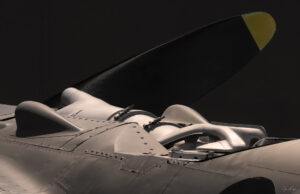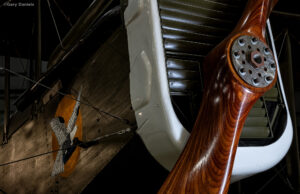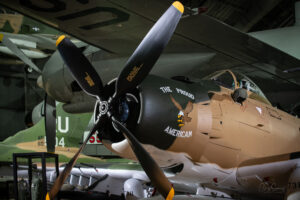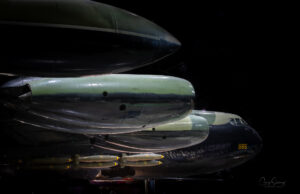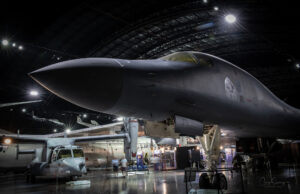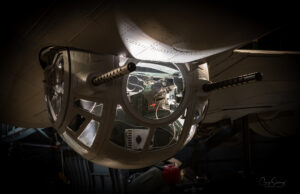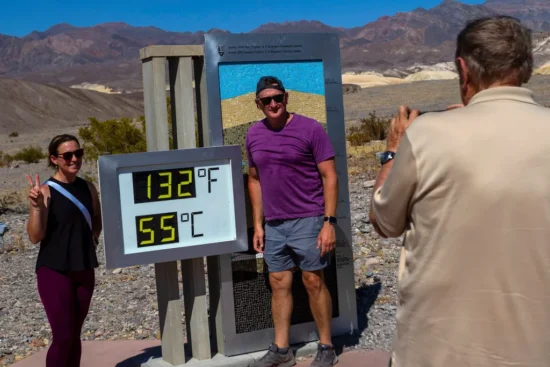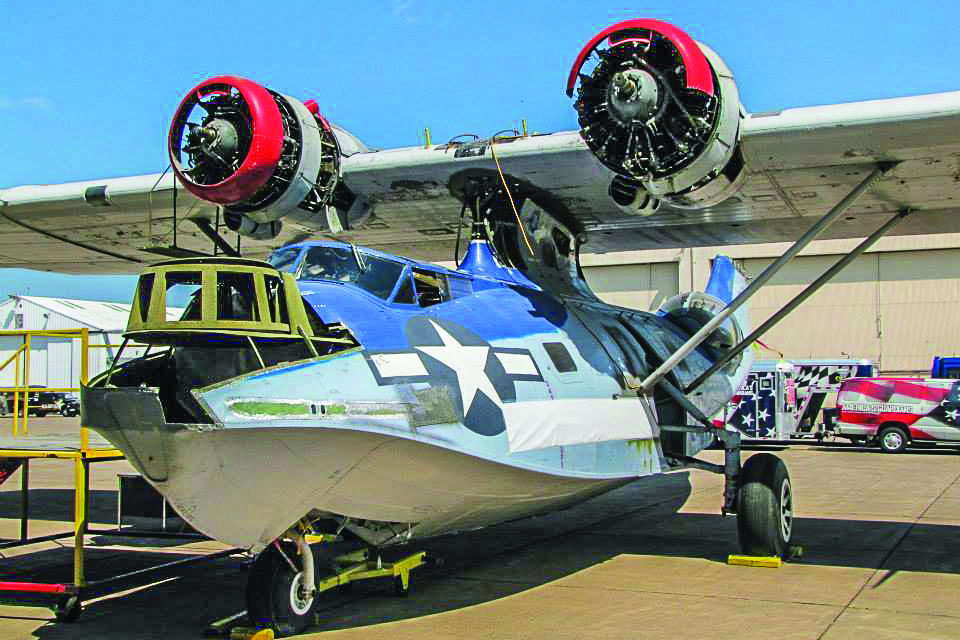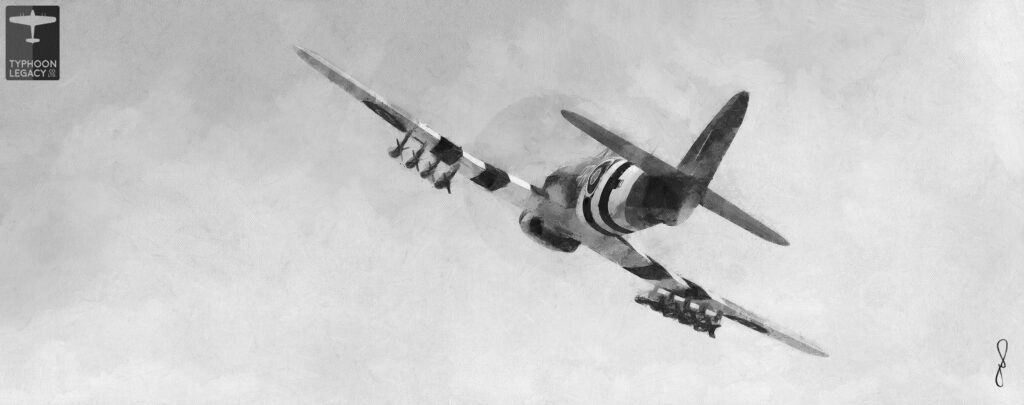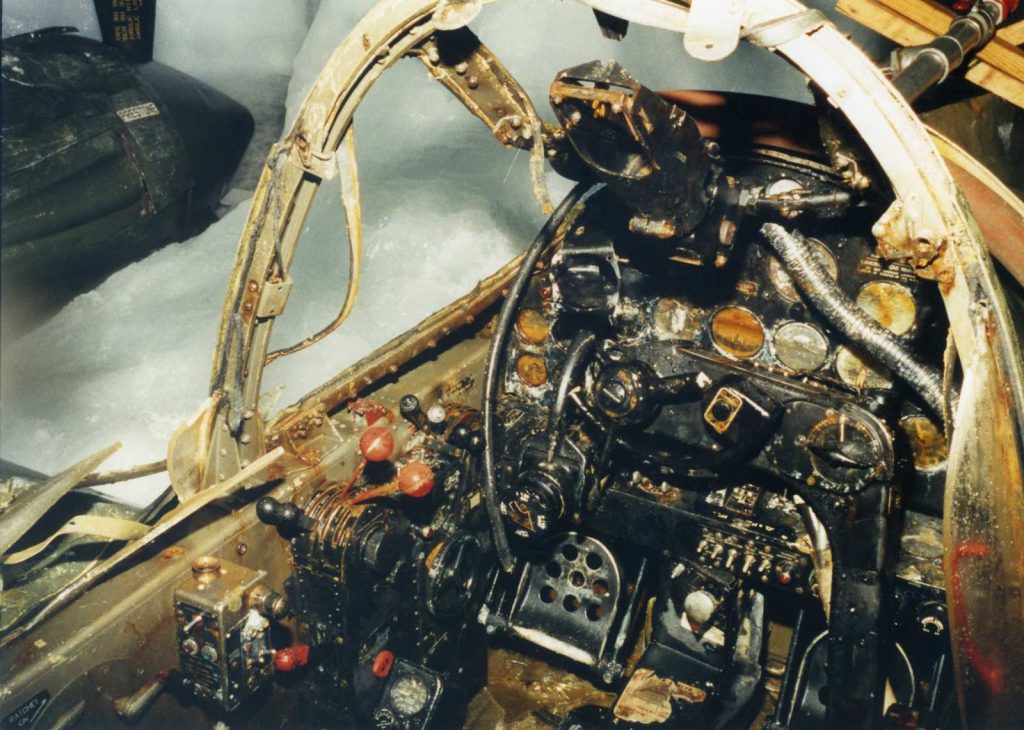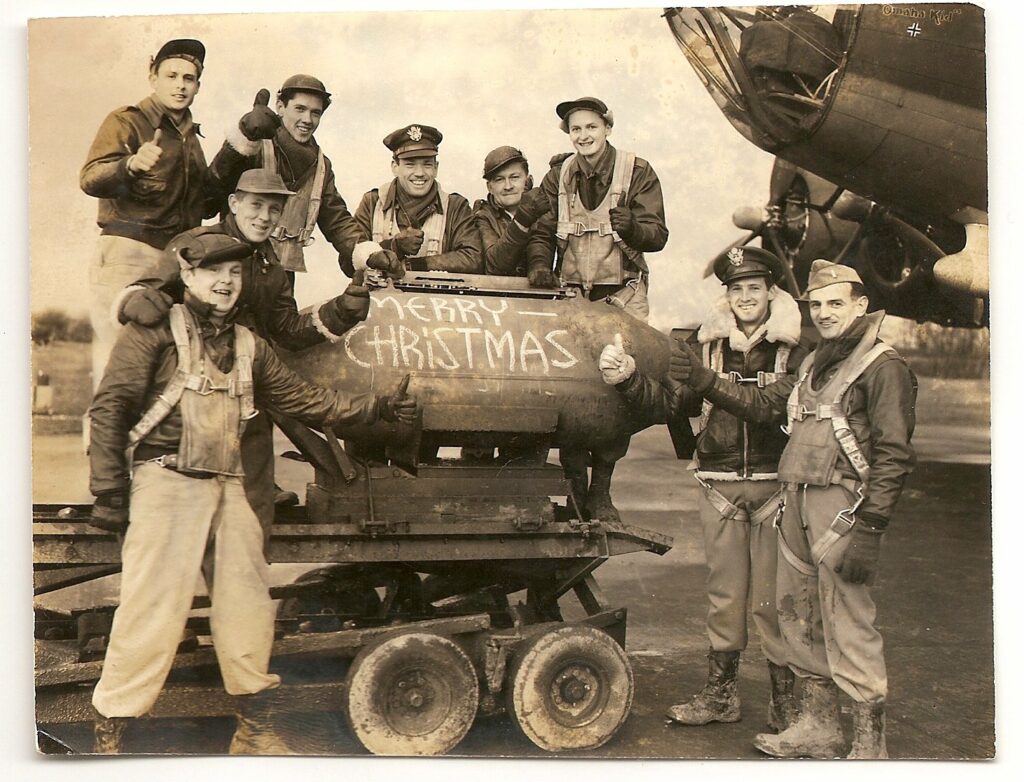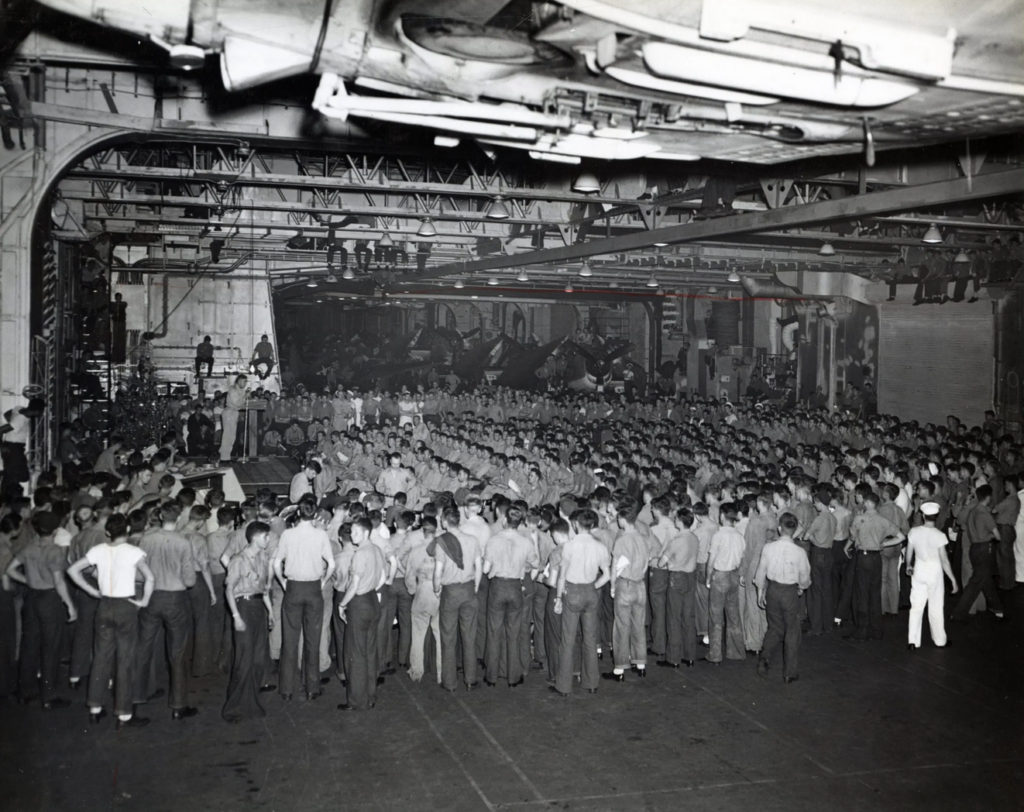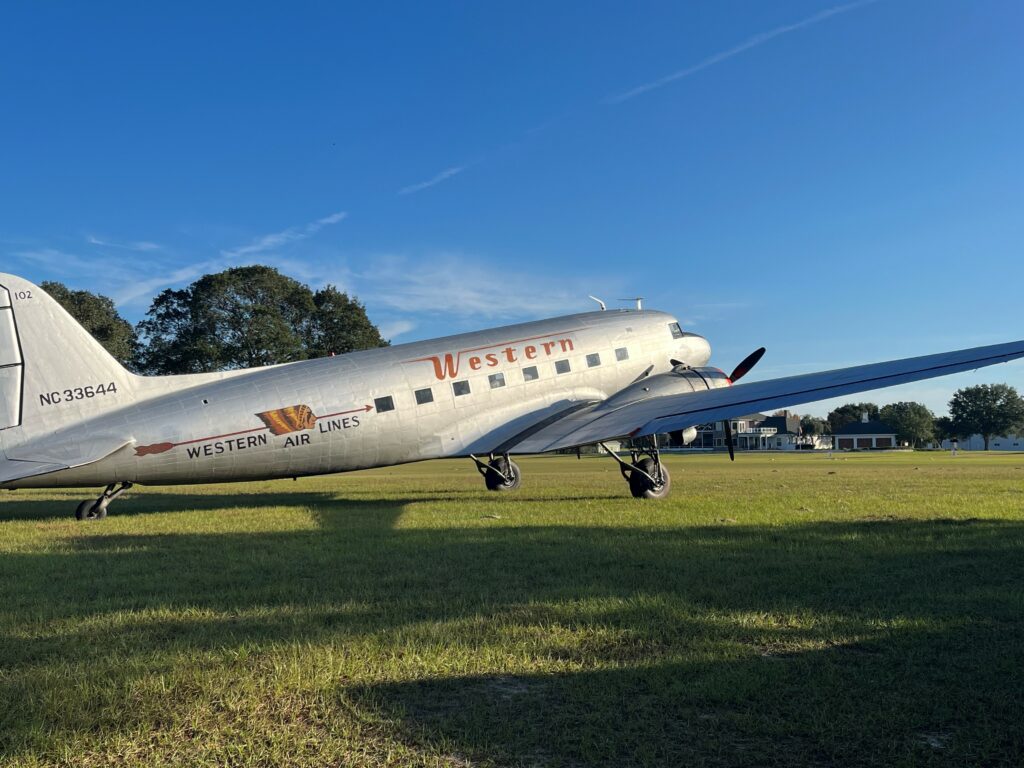Story Gary Daniels Photography Gary Daniels, Gary Edwards, John Ford, and Craig Swancy John Ford has a unique lifestyle. He keeps his southern California home rented most of the year. That funds his RV excursions [...]
Story Gary Daniels
Photography Gary Daniels, Gary Edwards, John Ford, and Craig Swancy
John Ford has a unique lifestyle. He keeps his southern California home rented most of the year. That funds his RV excursions around the United States with his cute travel companion, Sadie, an exuberant black lab rescue that loves life on the road. As a photographer who specializes in aviation, John points his mobile photo unit towards the next aviation venue down the road to work his magic. He is quite the magician with a camera.
In mid-summer of this year, John called fellow photographers Gary Edwards, Craig Swancy, and me to discuss an idea he had. It was a good idea. John would be spending two weeks at Oshkosh. He proposed that the three of us meet him at the National Museum of the United States Air Force in Dayton, Ohio the week after Oshkosh. Since we were looking for any chance to escape the Texas summer heat, we jumped at the opportunity. Edwards has a very nice RV, so we loaded up and headed north.
For me, this museum has been a bucket list item for some time. Having the opportunity to visit this historic facility, with three other aviation enthusiast photographers, was a real treat. The museum consists of four cavernous hangers, housing more than 350 aerospace vehicles and missiles in 20 acres of enclosed space. And the museum is celebrating its 100th year of operation. For our first day, we had a special bonus. Ken LaRock, museum public relations specialist, gave us a private tour of the museum’s restoration and storage hangars. Ken is very knowledgeable with a contagious enthusiasm for aviation history. He was the perfect tour guide.
For us “AvGeeks” with cameras, we were stopped in our tracks when we entered the restoration hangar and saw the only surviving B-17D, named The Swoosh. This earliest remaining B-17 variant has the ‘shark-tail’ vertical, side gun blisters, and under-mounted ‘bathtub’ belly gun position. The Swoosh was in the Philippines when the war started and flew some of the first combat missions against the Japanese. It was later evacuated to Australia and became a VIP transport, which is why it survived the war. This aircraft will be an amazing addition to the museum when restored and on the museum floor for public viewing around 2030. We also saw the B-17G Shoo Shoo Shoo Baby, broken down into major sections, as it was being readied for transport to the Smithsonian National Air and Space Museum’s Steven F. Udvar-Hazy Center. This aircraft has been in the care of the museum since 1988 and was shipped to Udvar-Hazy in late August where it will be reassembled for display.
Also in the restoration hangar was the ungainly Boeing X-32A concept demonstrator that was designed for the Joint Strike Fighter competition in the mid-1990s into the early 2000s. Losing to the aircraft that became the Lockheed Martin F-35 Lightning II, the X-32A was transferred to the museum in 2005 and arrived deteriorated after having sat outside for years. We photographed the aircraft in its rough state. In the four months since our visit, the X-32A has been repainted to its original livery during the JSF competition and will soon be on display in the museum.
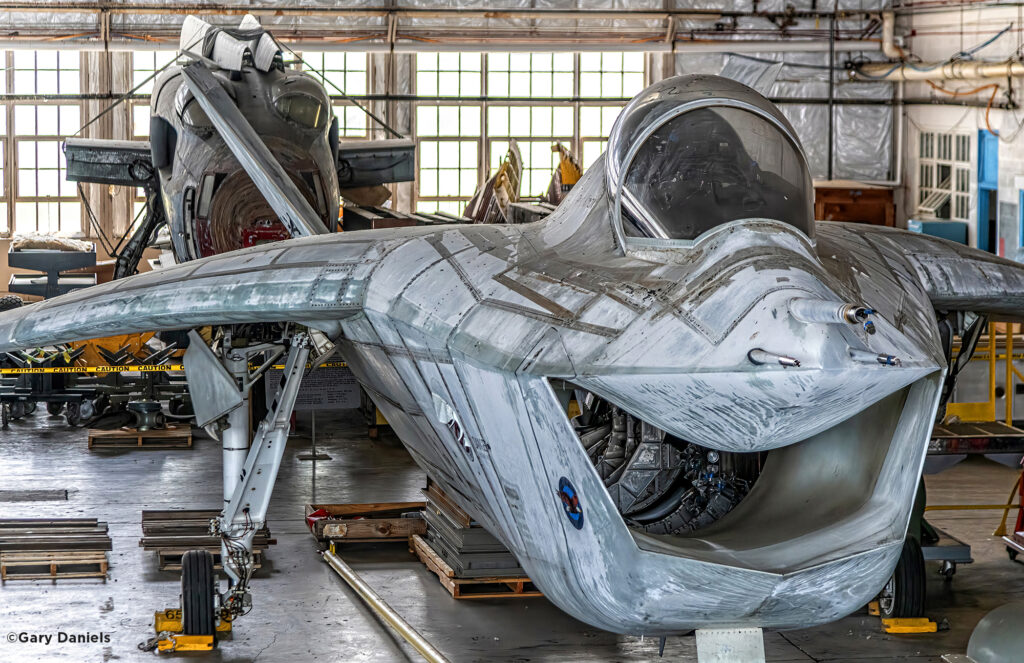
After leaving the restoration hangar, we were driven to the storage hangars. Upon entry, there was a simultaneous, “WOW!” from all of us! Remember the last scene in the movie Raiders of the Lost Ark where the ark is placed in the warehouse? These hangars had that same feel about them. The first hangar was packed full of very historic and very dusty aircraft. Wandering in and around these tightly stored aircraft felt like we were exploring hallowed ground. The second hangar contained all manner of aircraft pieces and parts on the ground or in tall racks. These racks were filled with wooden crates that had black stenciled lettering painted on them. As you walked past the crates, the stenciled letters might read ‘ME262 PARTS,’ or ‘WRECKED ZERO FUSELAGE,’ etc. We marveled at the aviation history tucked away in these hangars and certainly hated to leave when our tour came to an end.
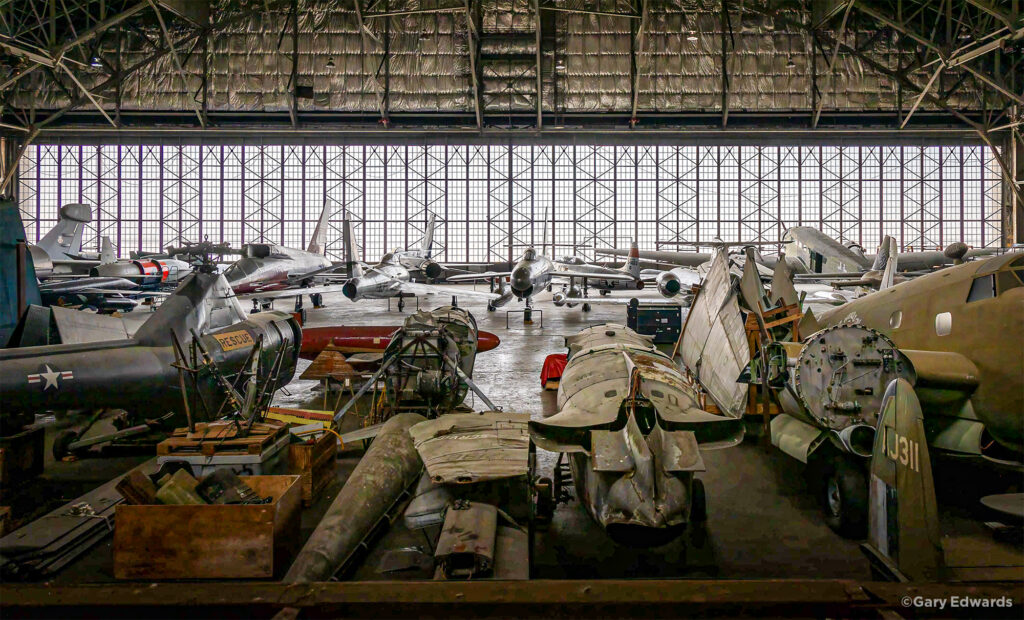 AD
AD
Our mission for days two and three was to practice our craft in the massive museum. The museum has a very liberal policy toward photographers, even allowing tripods and minimal lighting. Staff members and volunteers were also very helpful. The four of us headed our separate ways, with cameras in hand, to capture that ‘perfect image.’ Each of the four massive hangars are packed with historic aircraft of all sizes from small to giant, all tucked in tightly like a mad scientist’s 3D puzzle. As you walk through the hangars, you progress through the history of aviation and the image opportunities are overwhelming. Some images presented themselves clearly, while others had to be hunted with a creative eye. By the end of our three-day photographic expedition, we had captured many images that had us excited to get back home and in front of our computers.
Enjoy this collection of imagery of the National Museum of the United States Air Force seen through the eyes of four aviation enthusiast photographers. And, if you have not been to the museum, be sure to add it to your bucket list. To find out more, visit: www.nationalmuseum.af.mil
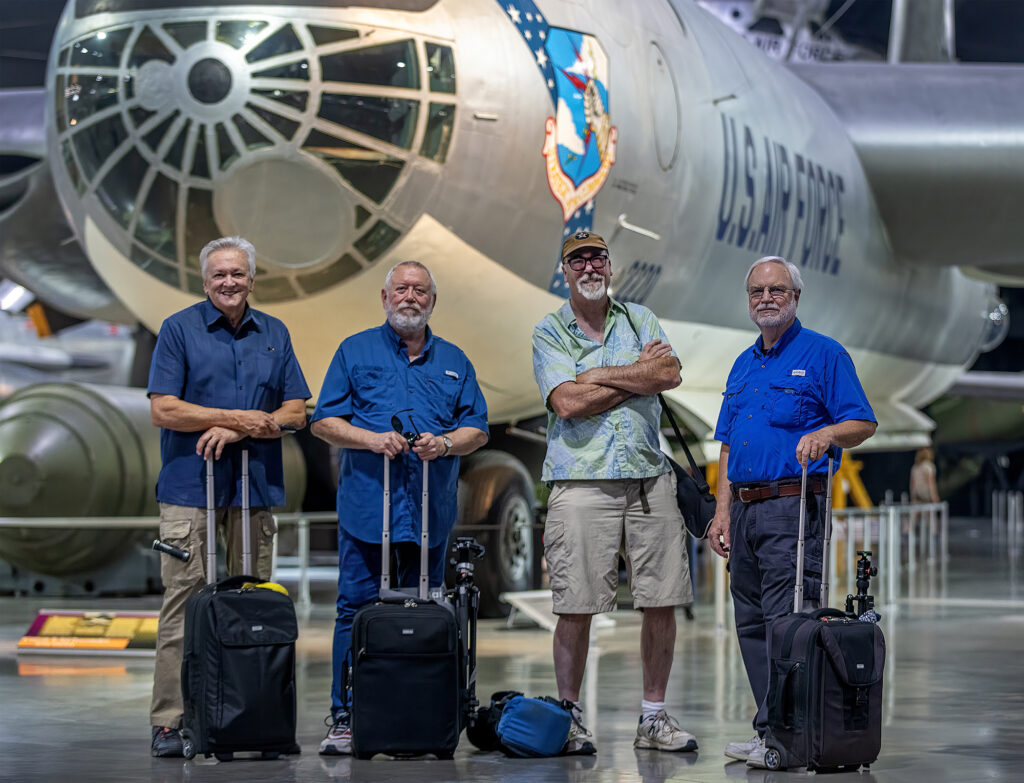
Left to right: Gary Daniels, Craig Swancy, John Ford, and Gary Edwards.



